Moortown Lego Legends
This week, we had a presentation from six members of the class, also known as Moortown Lego Legends, to share their project they have been working on for the last four months. The class had lots of questions to ask them.
They have worked together as a team on a great Lego and coding project, putting into practice some of their programming skills learnt earlier this year in our computing topic, while also learning about sustainable energy sources.
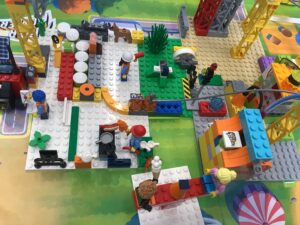



Well done to all the children involved and thank you to the parents for supporting them in this learning out of school.
Leeds Discovery Centre Trip
Yesterday, Year 5 went to Leeds Discovery Centre to take part in an Ancient Egyptian workshop. The children were able to touch artefacts, design their own Egyptian town and create a self portrait (in the style of hieroglyphics).
The children were amazed by the fascinating Leeds Discovery Centre store, which holds over 1 million artefacts. We were able to look at a range of different items from the past; we were even able to touch moon rock and look at a meteorite!

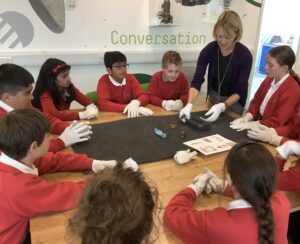




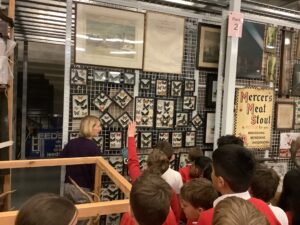

Help at home: Discuss something they have learnt, their favourite part of the day or a question they now have about Egyptian life.
Lotherton Hall Trip
On Wednesday, Year 2 enjoyed a day out of school to Lotherton Hall. It was jam-packed day of sunshine, smiles and wildlife!
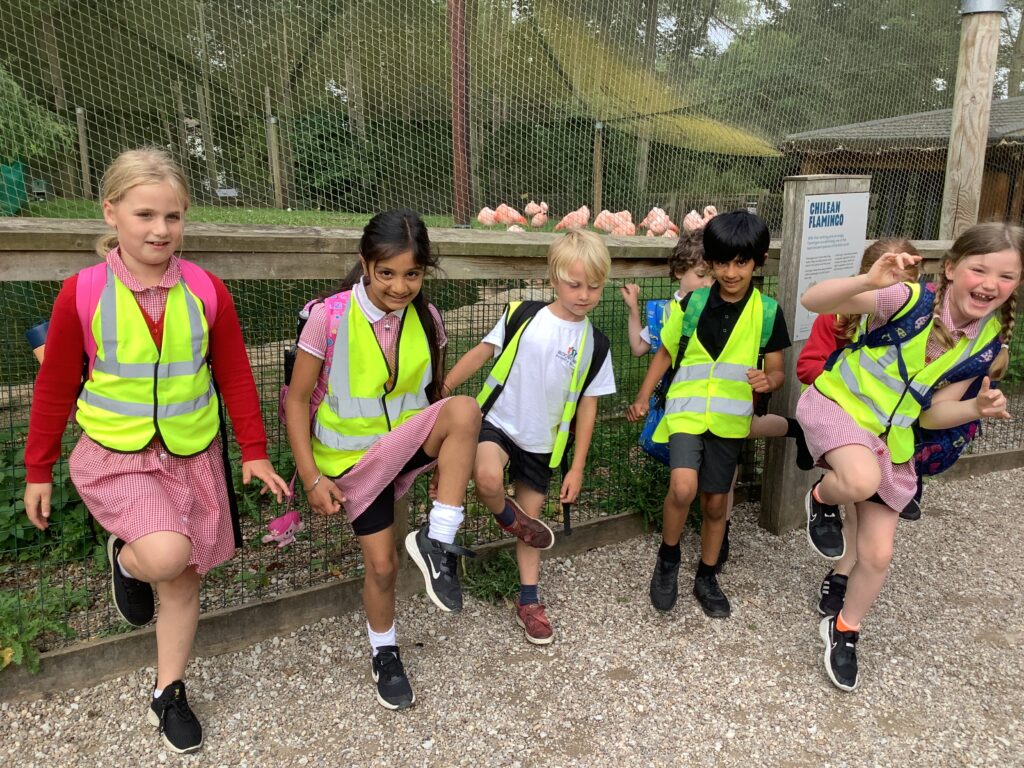
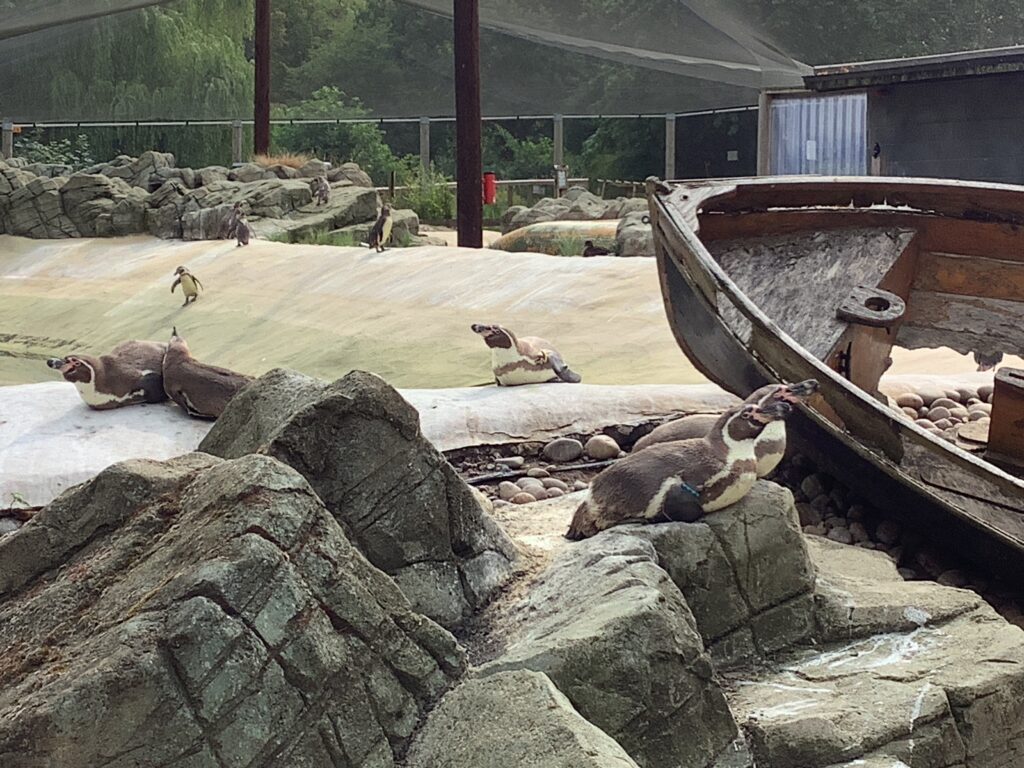

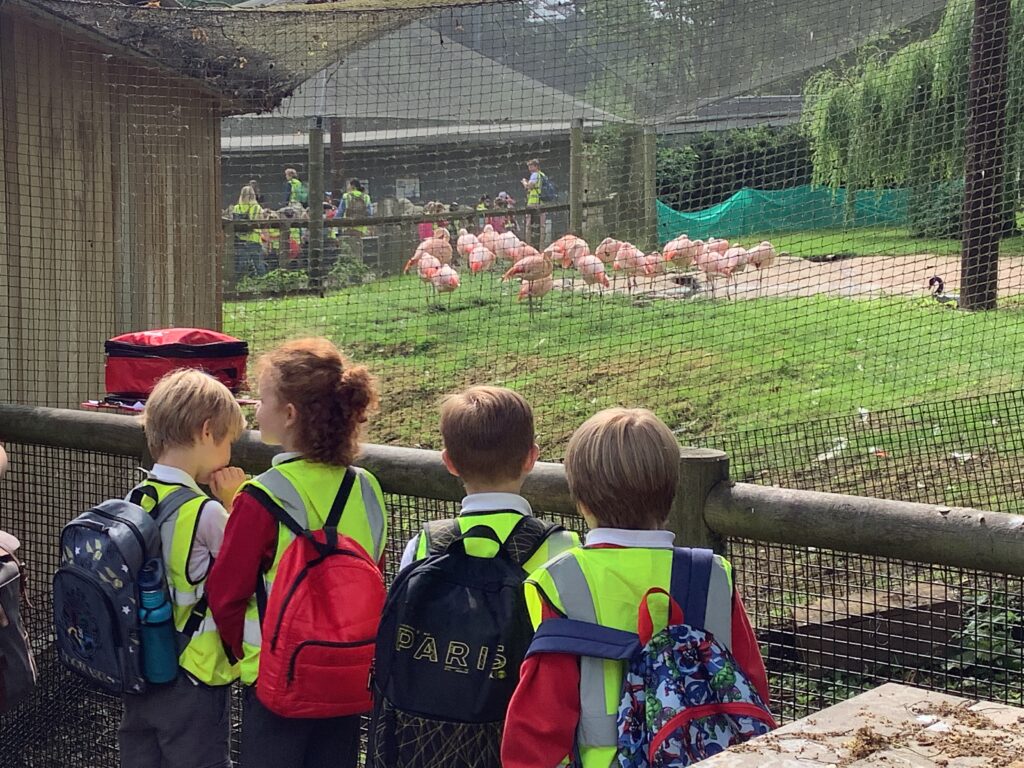
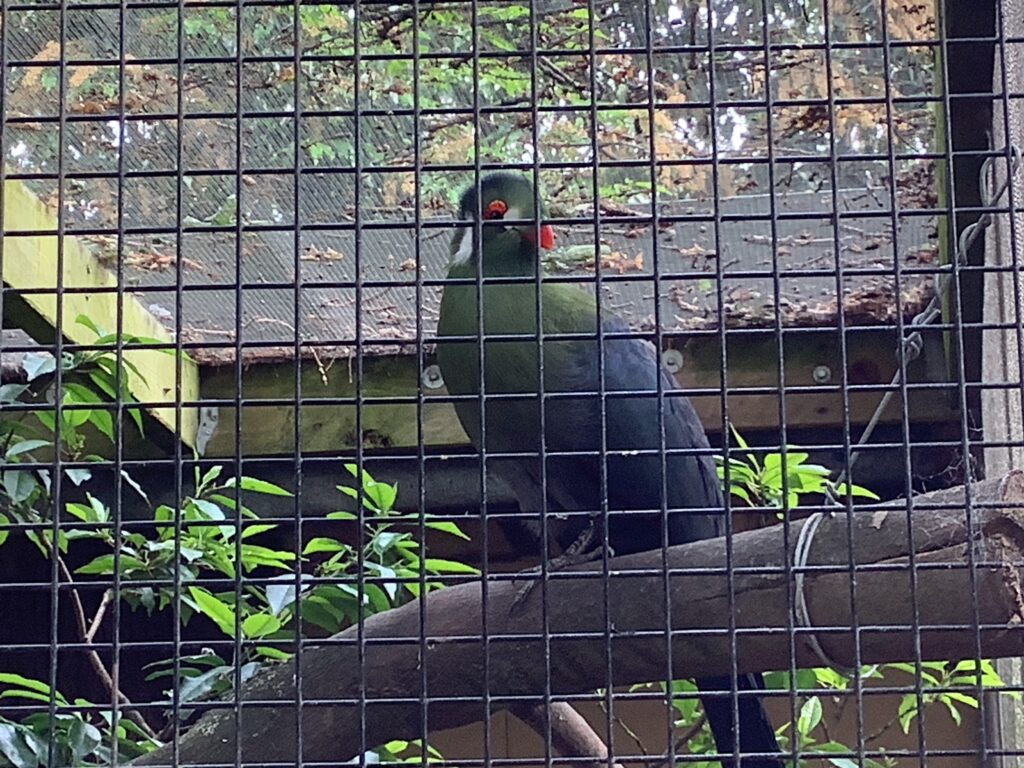

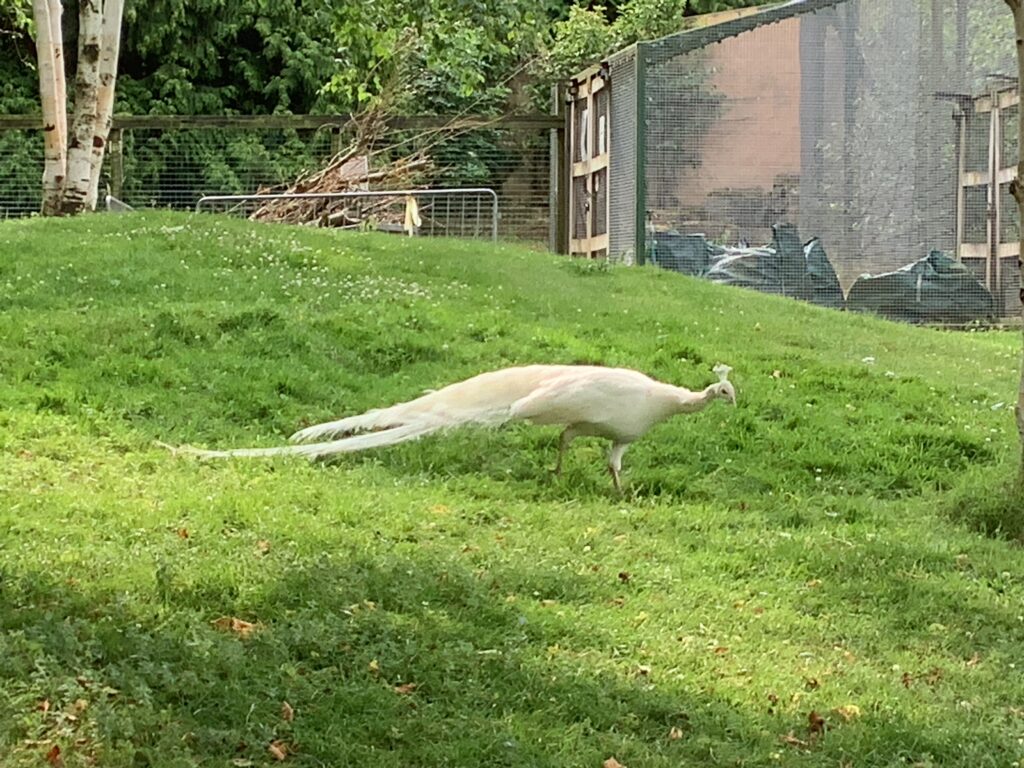
As part of our science learning this half term, we enjoyed a workshop called ‘who eats who’. In the workshop we looked at lots of science vocabulary: herbivore, carnivore, omnivore, prey, predator and producer.
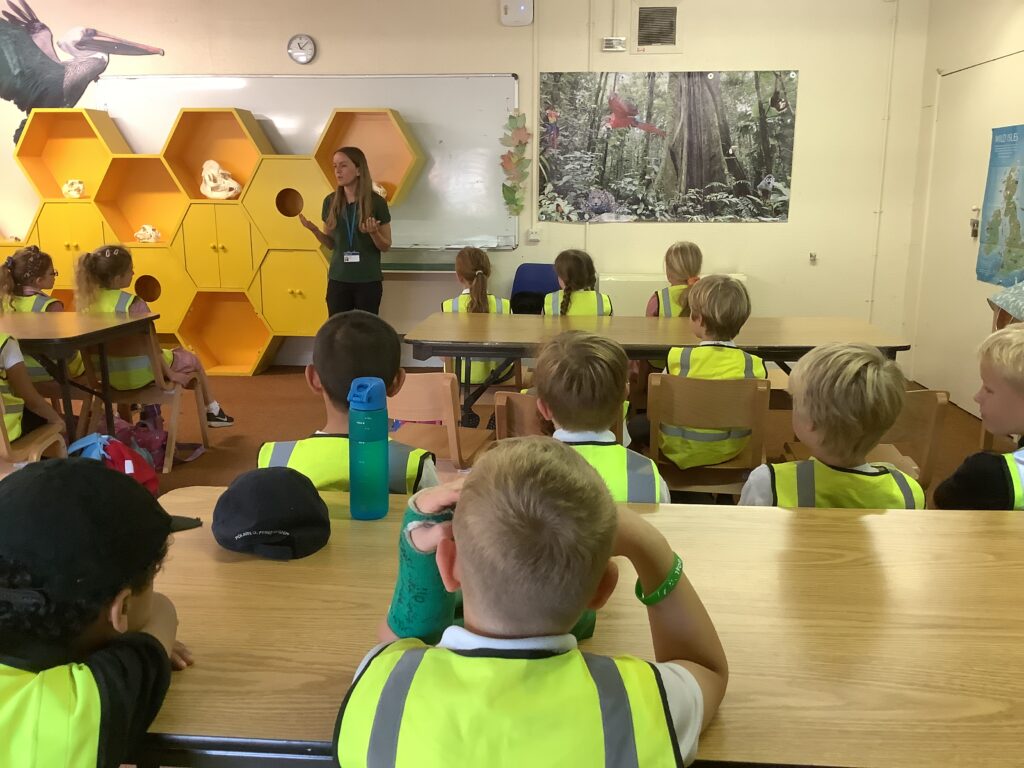
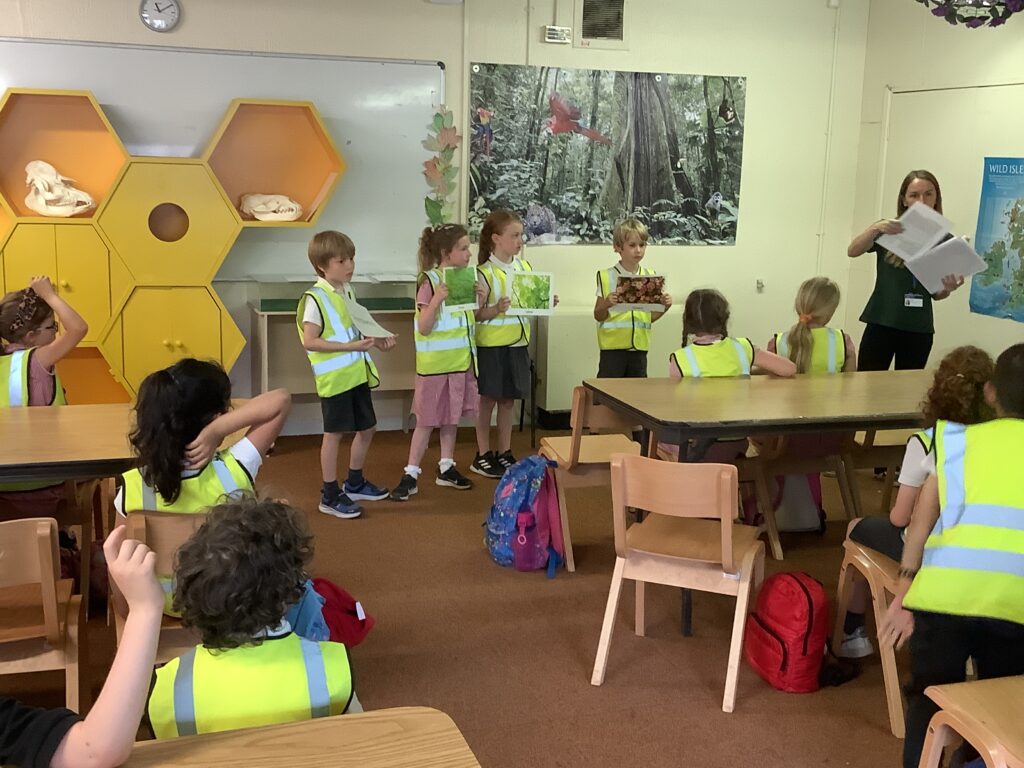
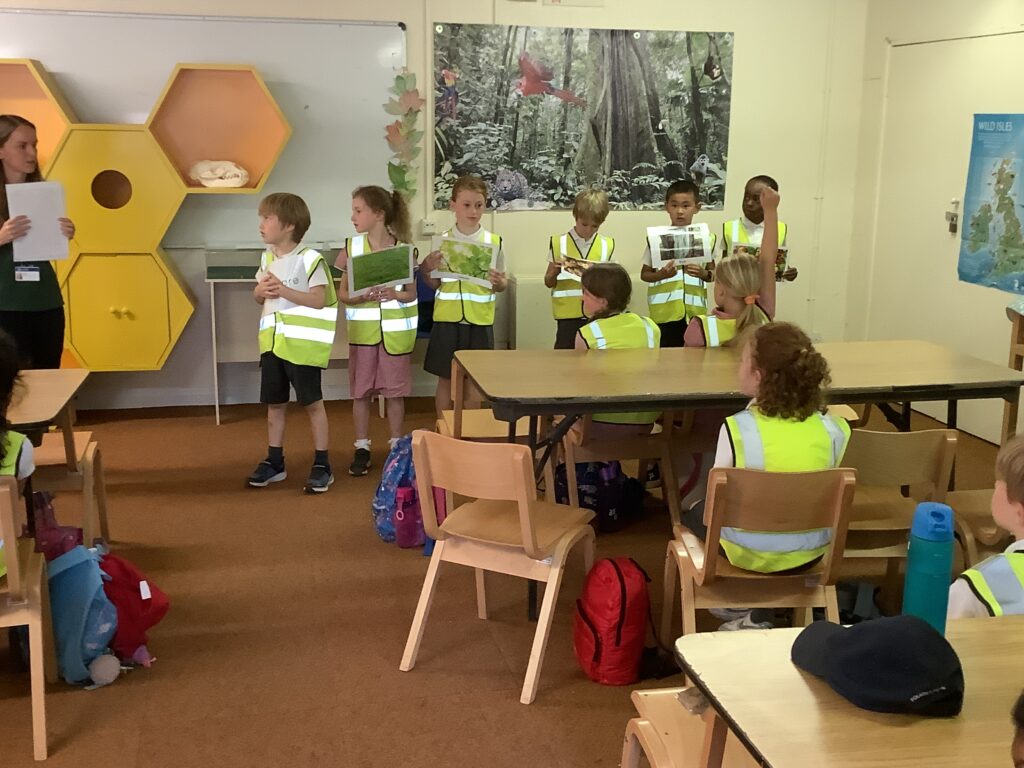
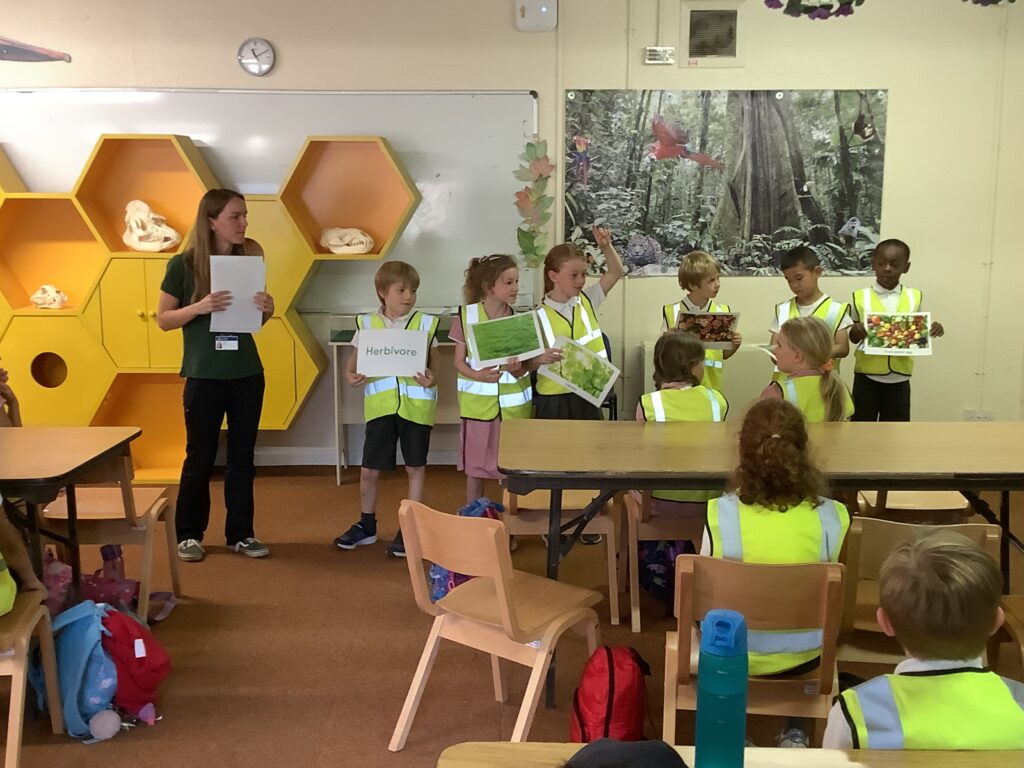
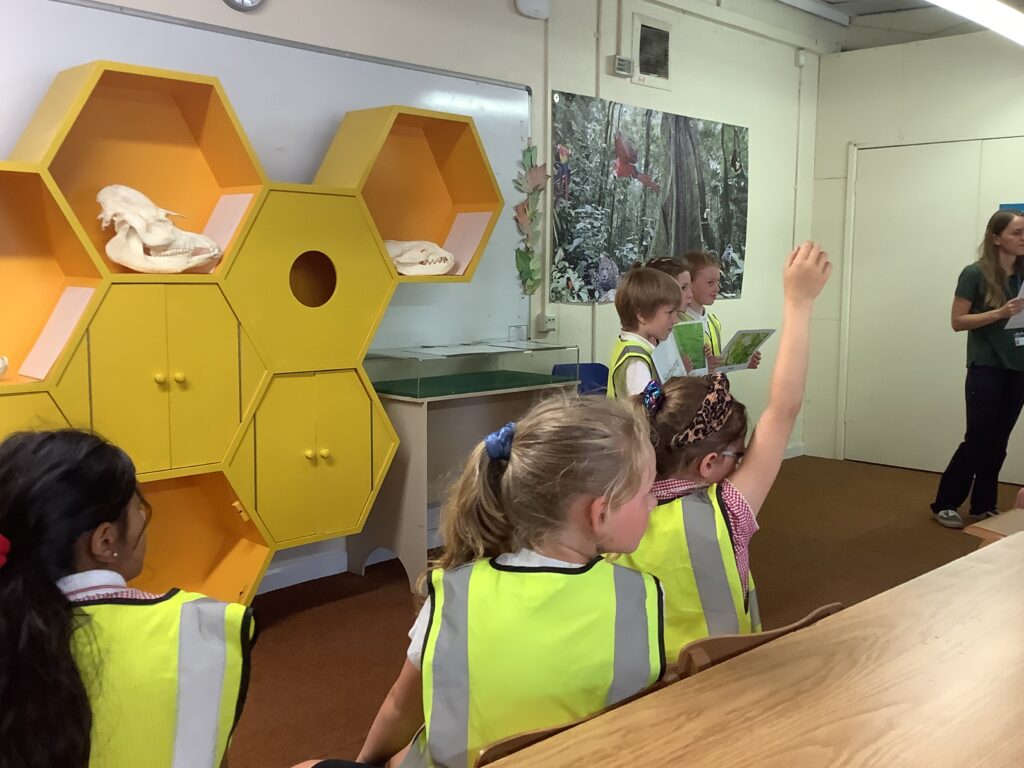
The Year 2 children were brilliant at identifying skulls from different animals by looking at the size, teeth and features.
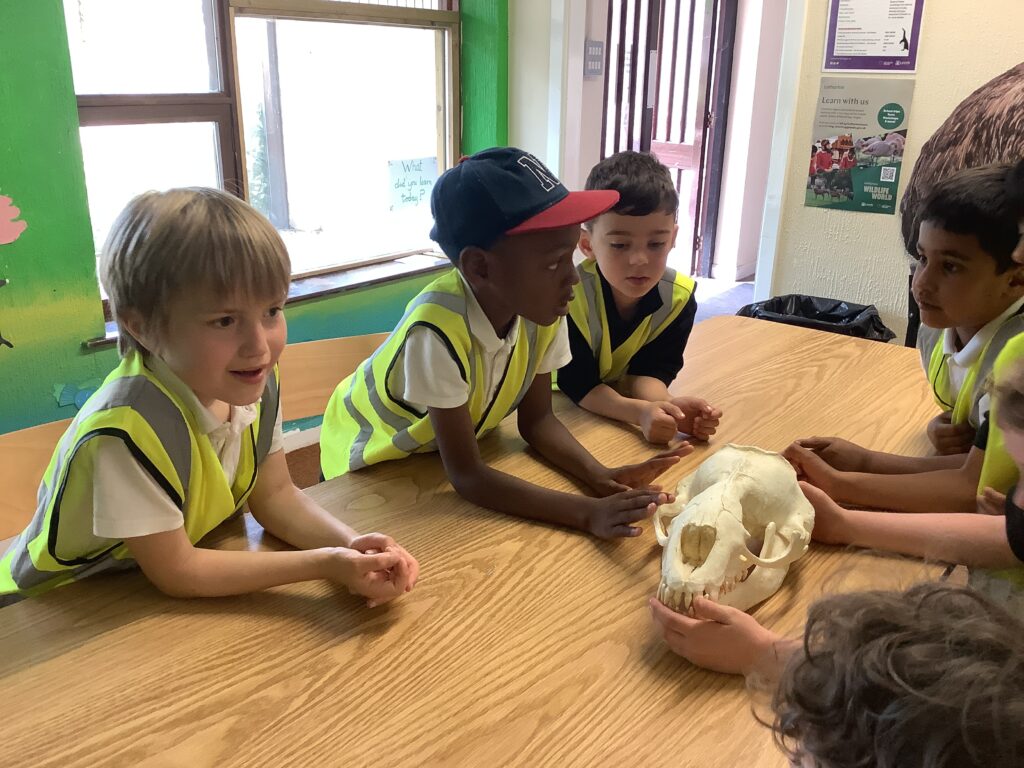
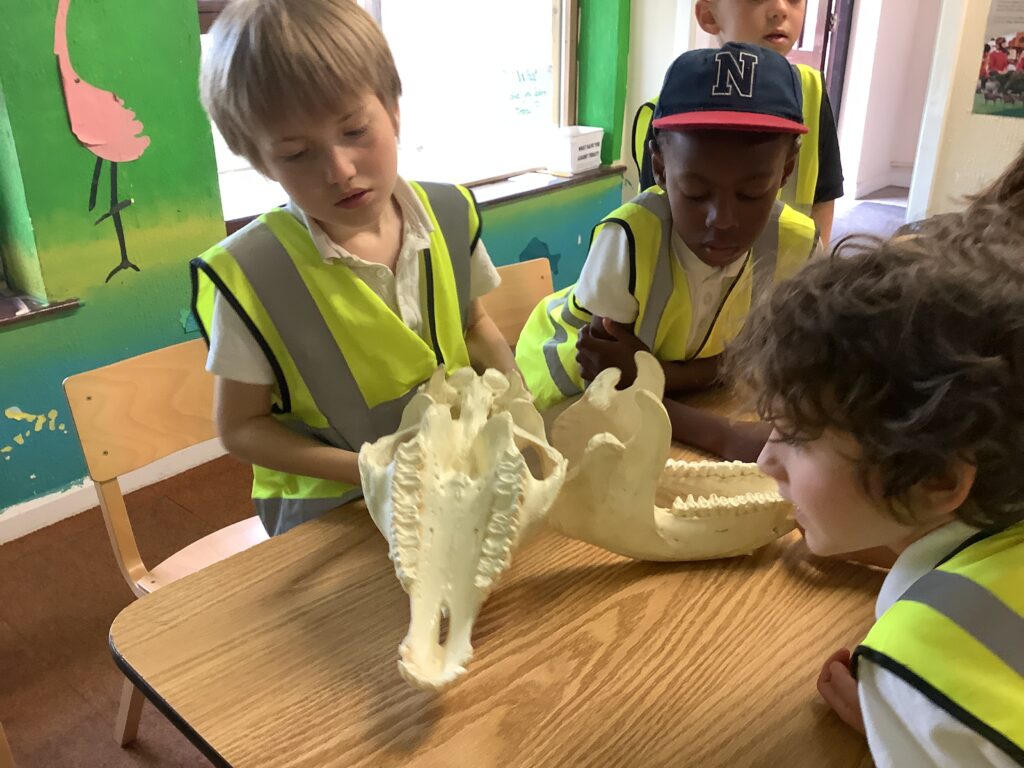
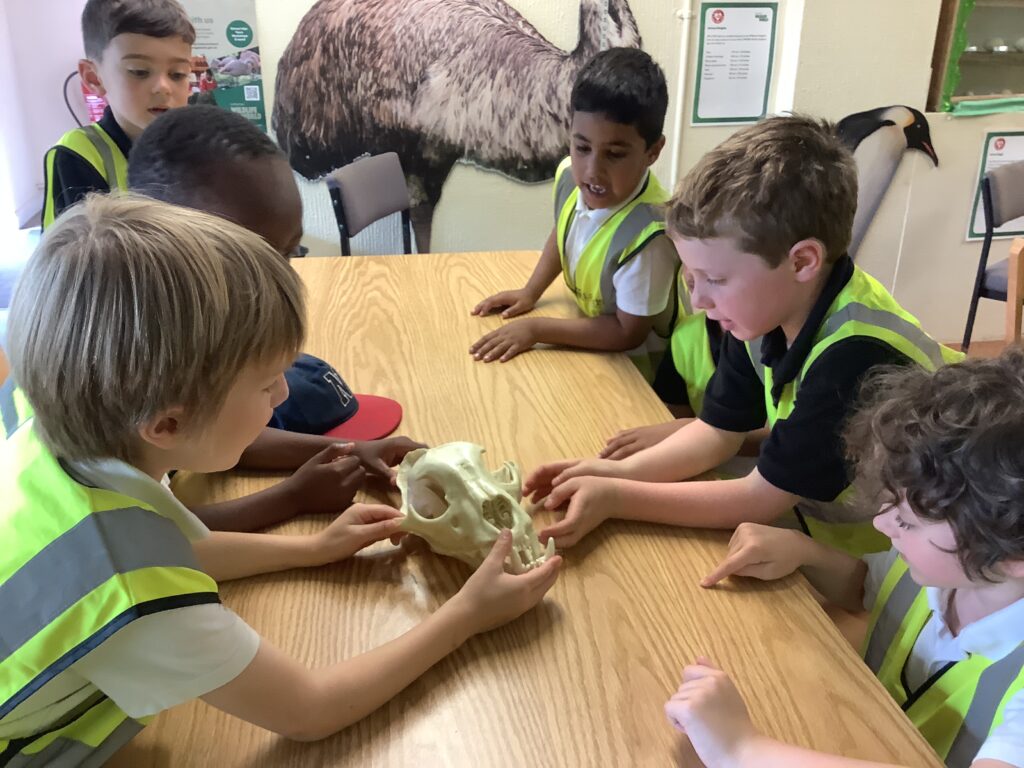
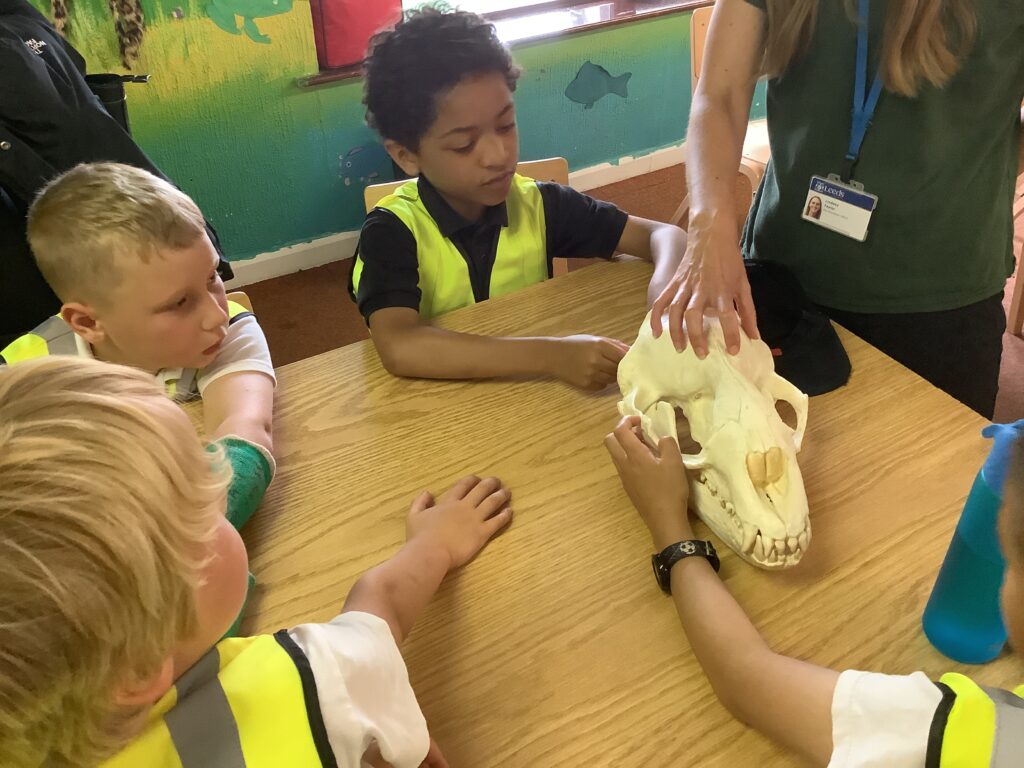

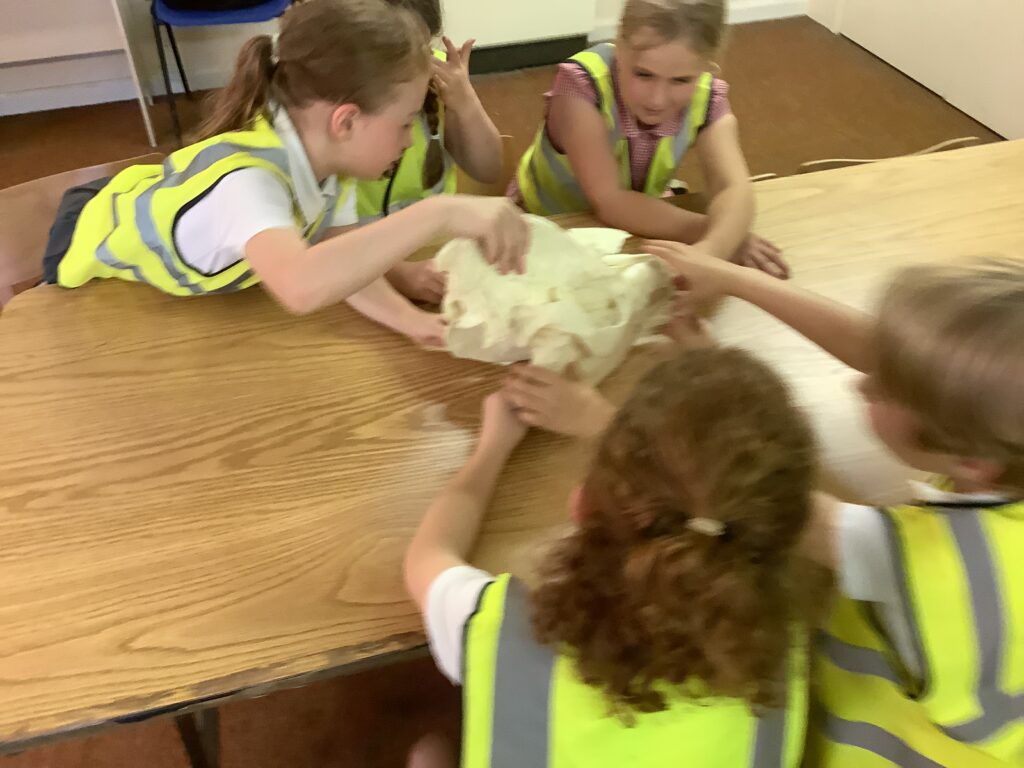
Before we left, we enjoyed time climbing and enjoying the park grounds and playgrounds.

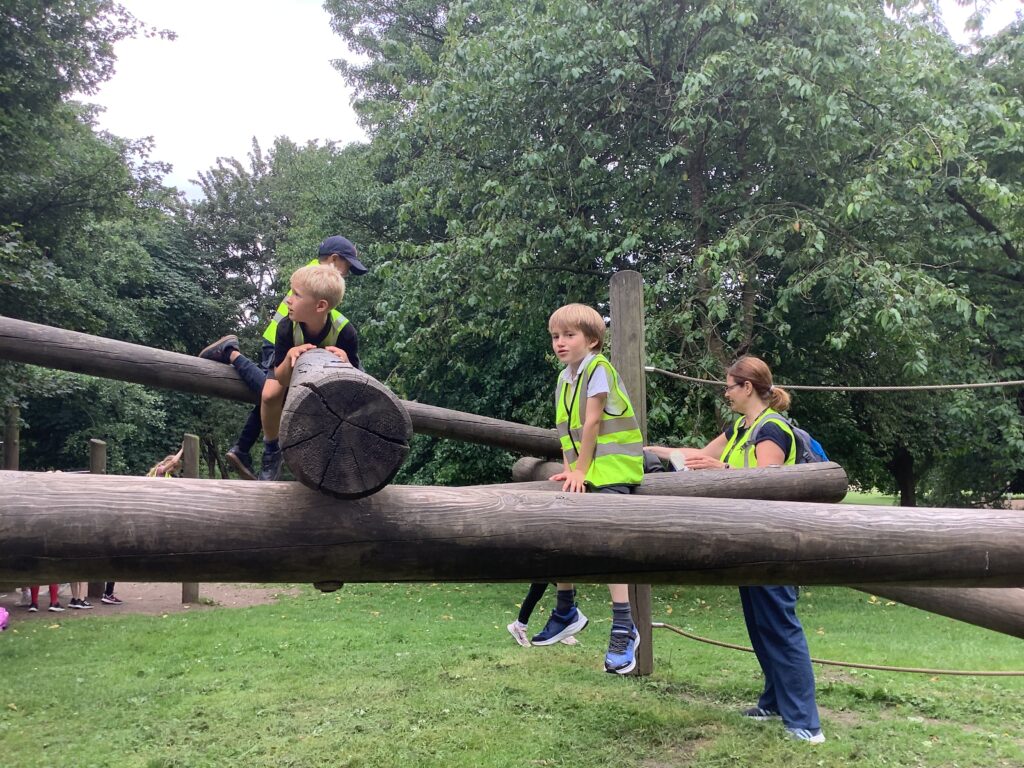

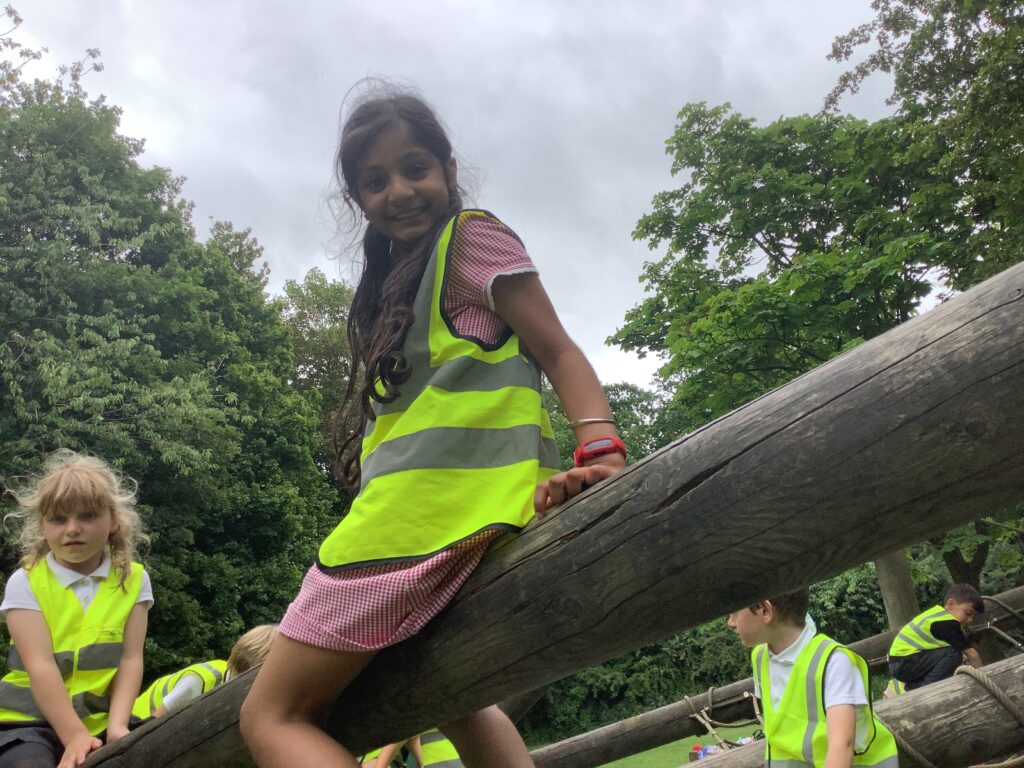
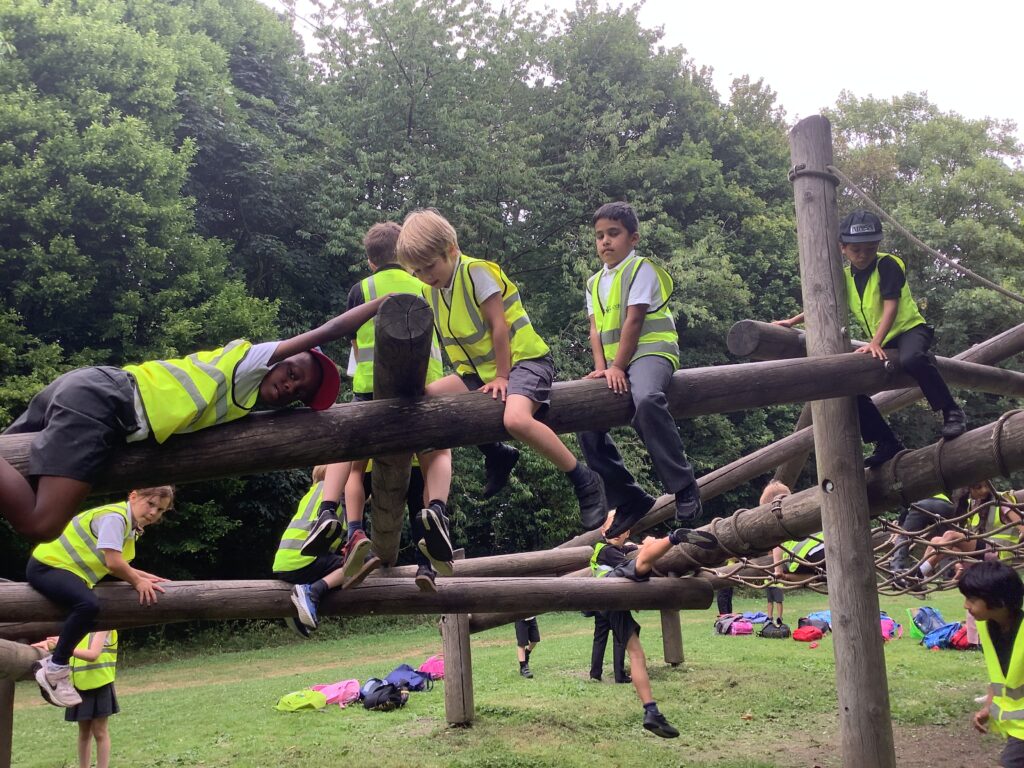
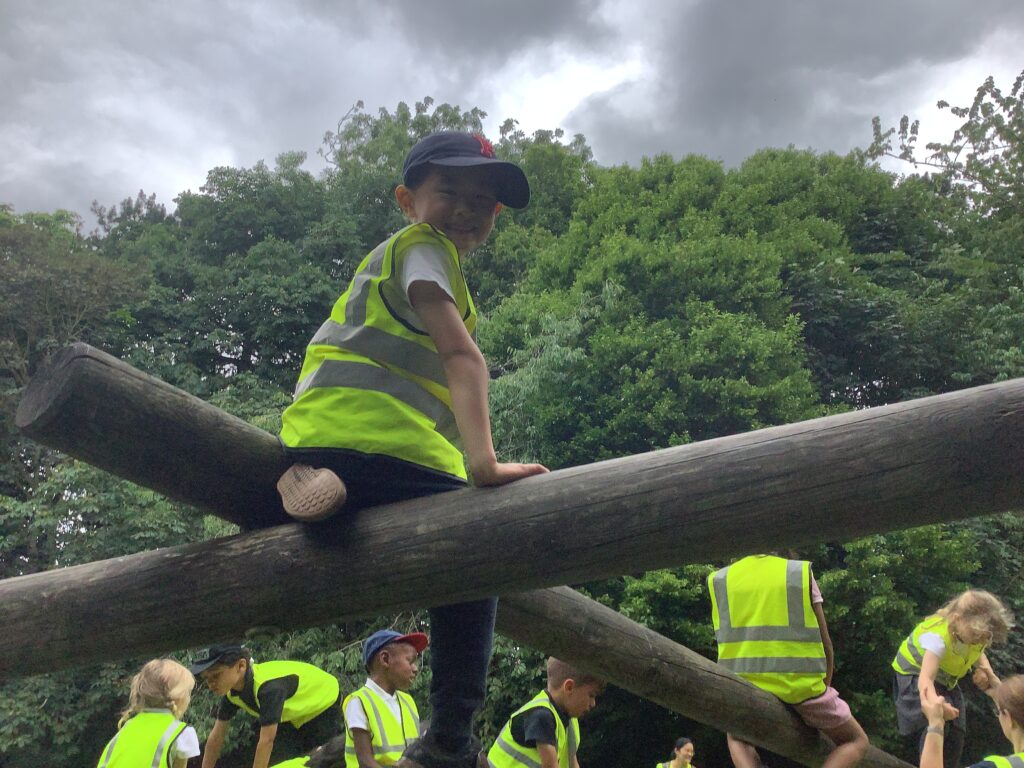
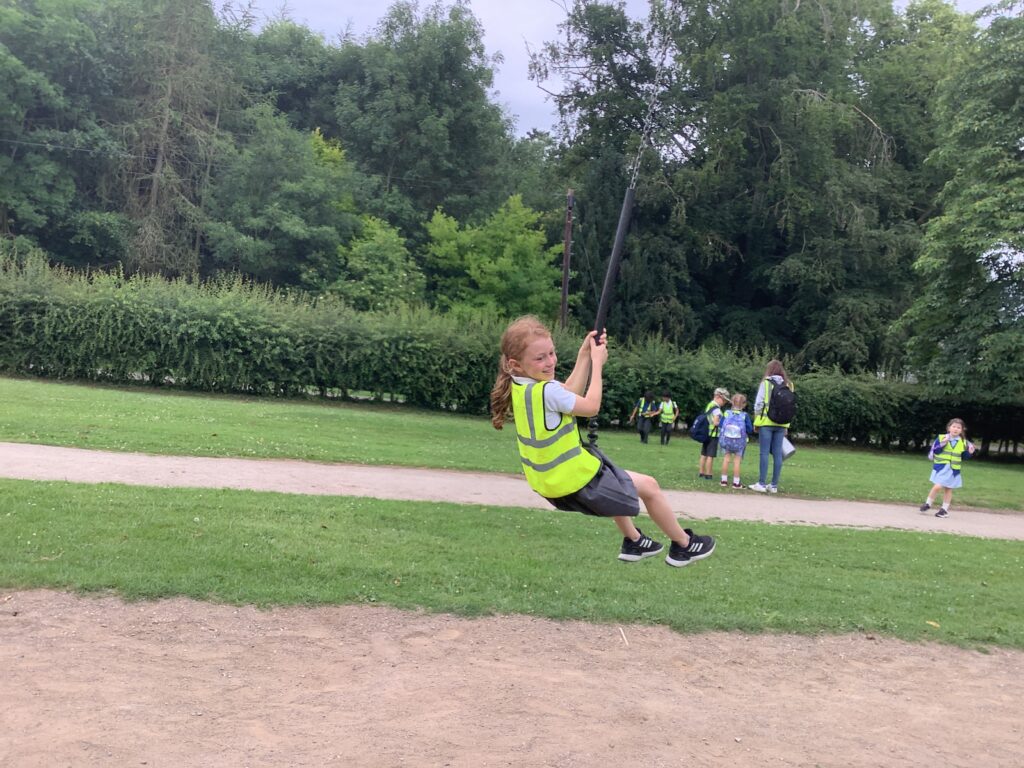
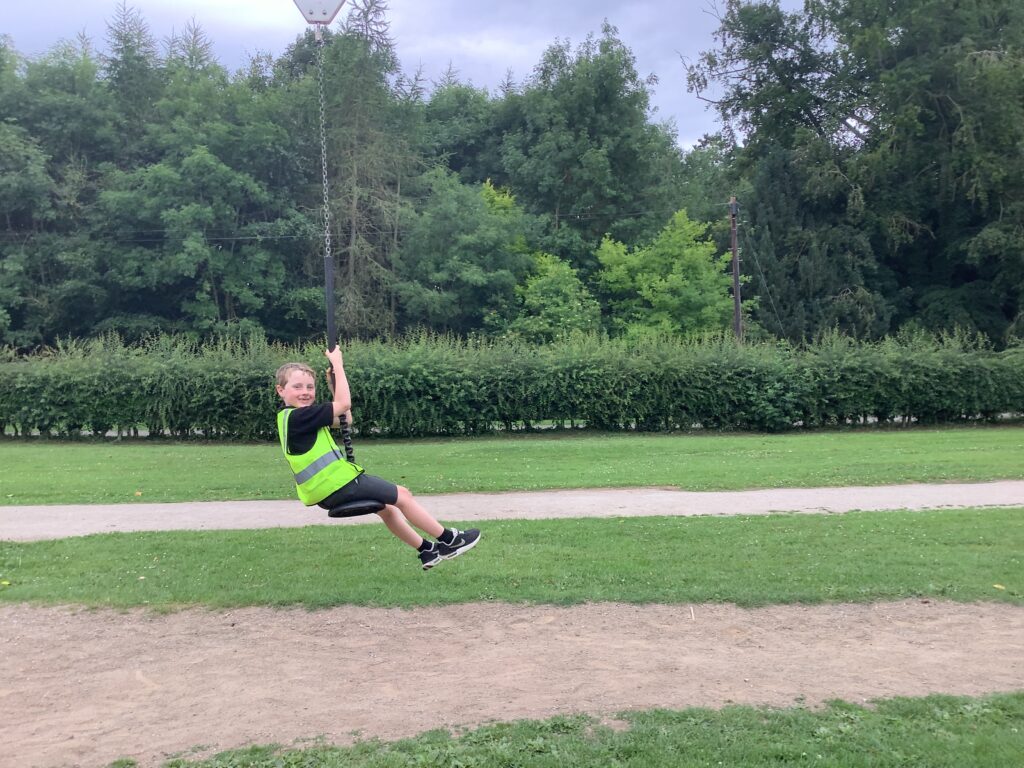
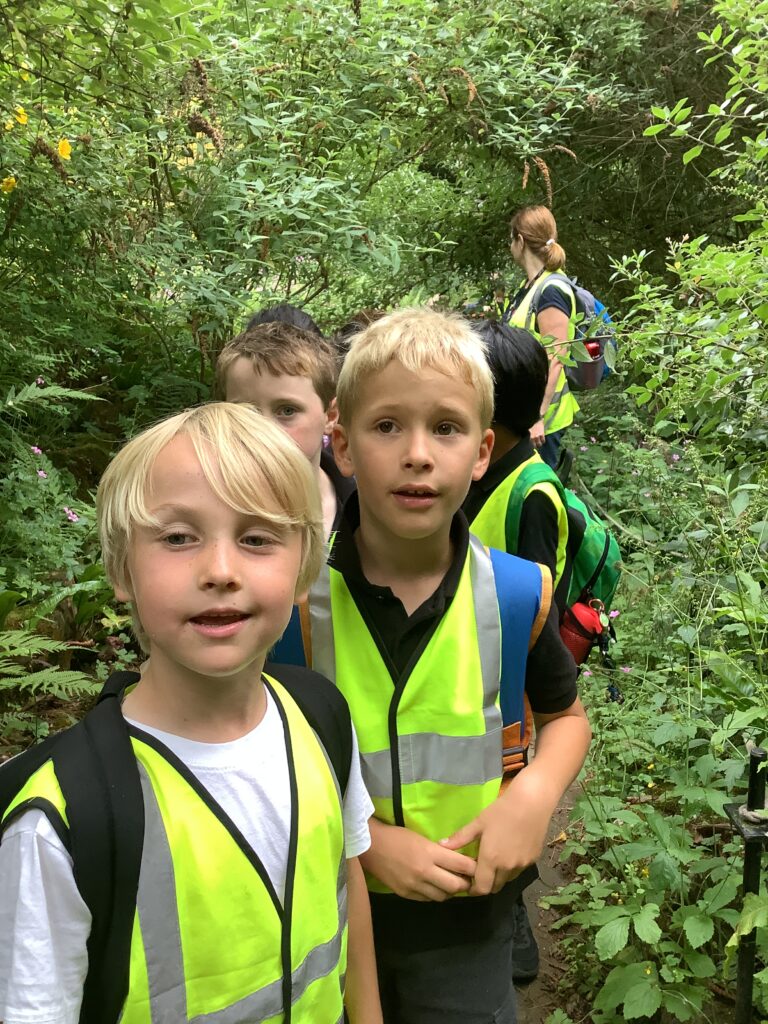



Help at home by discussing your child’s biological knowledge. This links well with this week’s Talk Time homework.
23 June 2023
- stable
- structure
- design
- evaluate
- process
- base
- cycle
- healthy
The children will be tested on these words next Friday 30th June.
Please encourage your child to try practise the words by putting their words in a sentence using our handwriting guide. Also, look at the spelling activities guide for some ideas to practise these words.
Junior aquathon finisher
There has been another great sporting achievement from one of our Y5 friends.
Last week, they took part in the Leeds and Bradford Triathlon club’s junior aquathlon at Leeds University campus. This involved a 150m swim and a 1200m run.
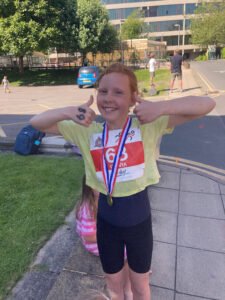
We are biologists
This half-term, we’re biologists, learning specifically about plants.
Here’s a list of key words that we’ve been learning as part of our topic.
seed: the part of a plant which can grow into a new plant
bulbs: the round underground part of a plant that contains food for the plant (eg onion bulb, daffodil bulb, tulip bulb)
basic needs: the things that a plant needs to live
temperature: a measurement of how hot or cold something is
growth: an increase in size
healthy: feeling well and happy
germinate: when a seed begins to grow into a plant
seedling: a young plant grown from a seed
Throughout this learning, we have been carrying two investigations.
How do bulbs grow? What do plants need to help them grow?
We put some onion bulbs in different conditions and observed the changes over time.

Ask your child to explain what had happened.
What do seeds need to germinate?
After observing and comparing different seeds, we planted seeds in different locations (and therefore different conditions). All the plants were given water.
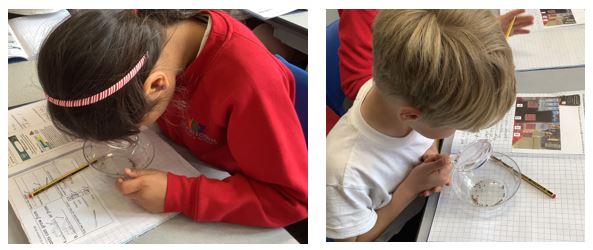
Week 1

After one week, this is what had happened. The seeds had germinated in two out of the three locations. Even though the seedlings had started to grow in the cupboard and the classroom, they looked different and we observed these differences.

After two weeks, we were surprised to see that the seeds in the fridge had started to germinate. There were only small seedlings and they looked pale and not very healthy. The seedlings in the classroom on the window sill were definitely looking the healthiest with lots of dark green leaves.
We’ve also noticed a change in the tree in the front playground. How has it changed?

Help at home this week, the children have taken home their own planted sunflower seed to look after. Read the instructions to help the plant to grow as best as it can. We’d love to see how the plants are getting on!
History – Heroes!
We are really enjoying our History topic this half term all about real life heroes! We have been studying Nelson Mandela and Leonora Cohen and how they changed the world by fighting for what they believed in.
We have learnt lots of facts about both people. Try asking your child about Nelson Mandela or Leonora Cohen so they can show off what they know! I have been very impressed at how well the children have understood the ideas we have been talking about.
In this week’s lesson, we learnt about how Leonora Cohen protested for women to have the right to vote. We learnt she went to the Tower of London and threw an iron bar at a glass cabinet containing the Crown Jewels. We discussed whether this was the right thing to do or not. After we had discussed this, we got into small groups and acted out the incident, thinking carefully about how Leonora would have been feeling before, during and after the event.

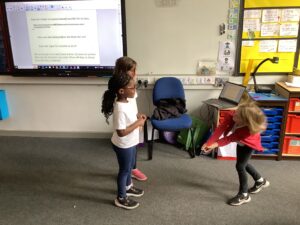

Help at home by talking to your children about what they have learnt, including the vocabulary which has been sent home on today’s homework sheet.
Coronation Celebration
On Friday, we celebrated the coronation by coming to school in red, white and blue. At lunchtime, we had an indoor picnic and afterwards we had an assembly all about our new King. In class, we then created a college of King Charles III using images that represented London.








Living and Learning: Health and Prevention
Over the past two weeks, in Living and Learning lessons, the children have been looking at the importance of hygiene (especially handwashing) and the importance of sleep.
We defined hygiene and talked about several different ways we could make sure our hygiene was good. A few responses were: showering, brushing teeth and washing hands. Afterwards, we focussed on why we need to keep our hands clean (to prevent the spread of germs) and how to keep them clean. We also found out some very interesting facts about germs: did you know that if one million micro-organisms were packed right next to each other they would only cover a pin head in size? Did you know there are more microbes (good and bad) on one person’s hand than people on the planet!
Furthermore, we discussed how sleep has a variety of benefits. These being an improvement in memory; decision making; concentration and mood; immune system; and growth and repair. We learnt that a child aged 10 should be getting about 10 hours of sleep every night!
Help at home: Learn the handwashing soap and sanitiser song and put those actions into practice!
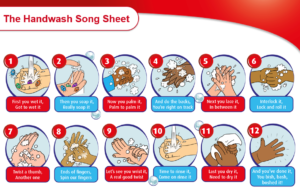

Or try some of our top tips to get a better night’s sleep:
- breathing exercises to slow down your heart rate;
- writing down worries in a diary;
- thinking of good things that have happened that day;
- talking to someone you can trust.
Latin: Acting and Adverbs
In Latin, we read, translated and acted out a comic strip (see below) about life before the Romans conquered Britain. We also discussed adverbs in both English and Latin. Take a look at our great work:


Help at home: Identify the adverbs in the story, what three letters do they end in?